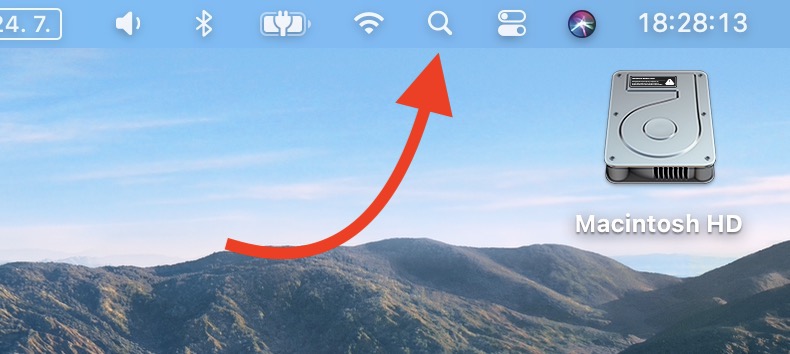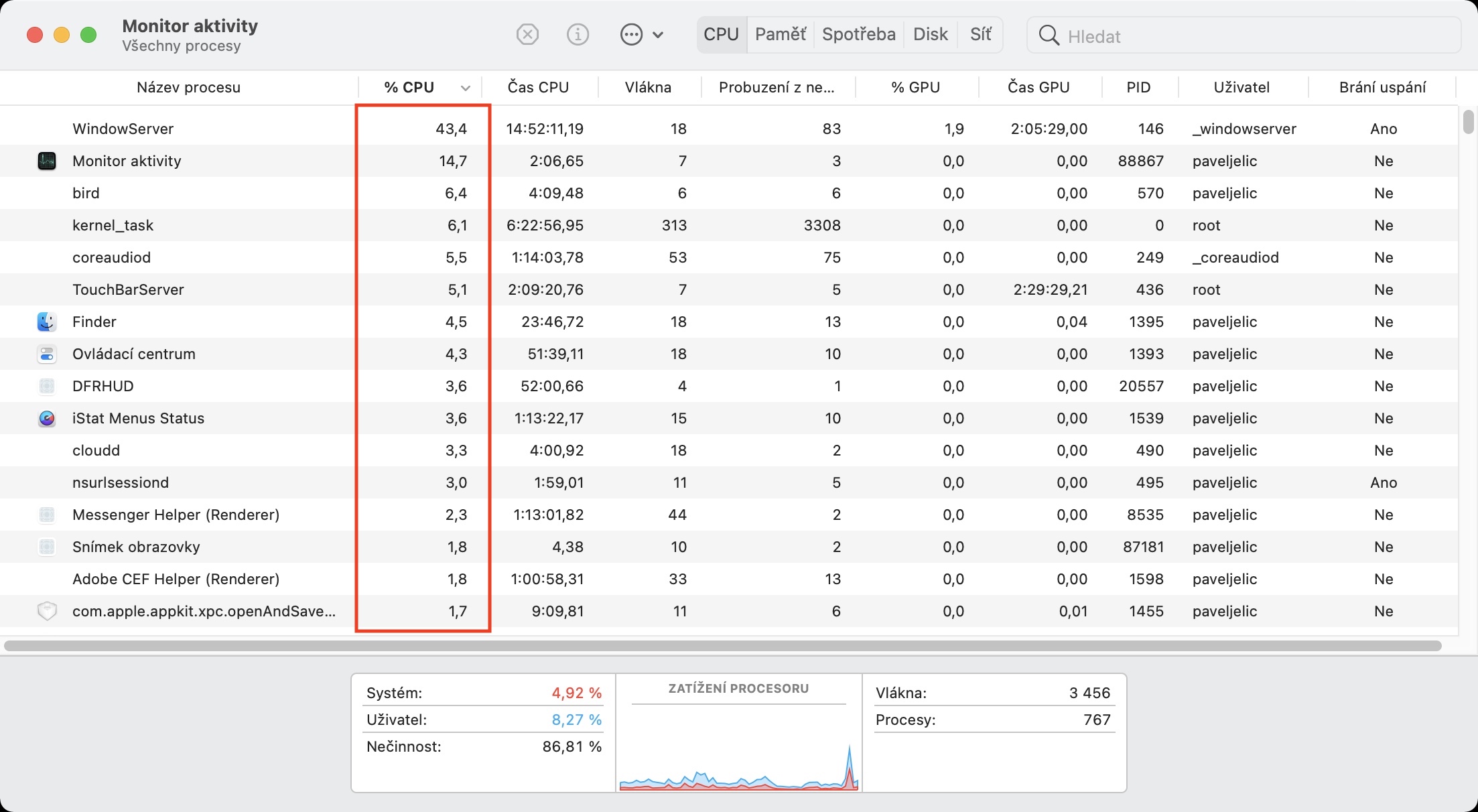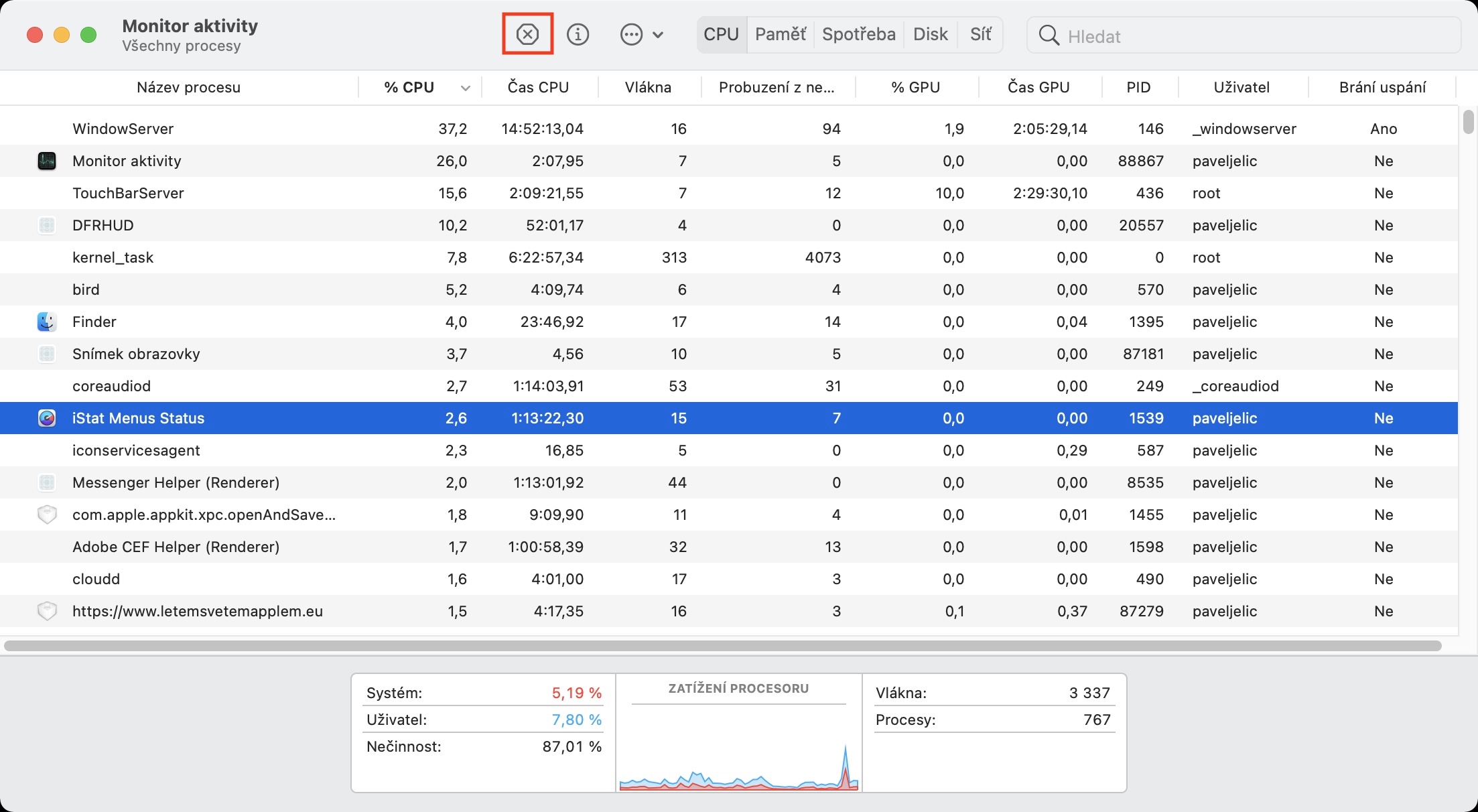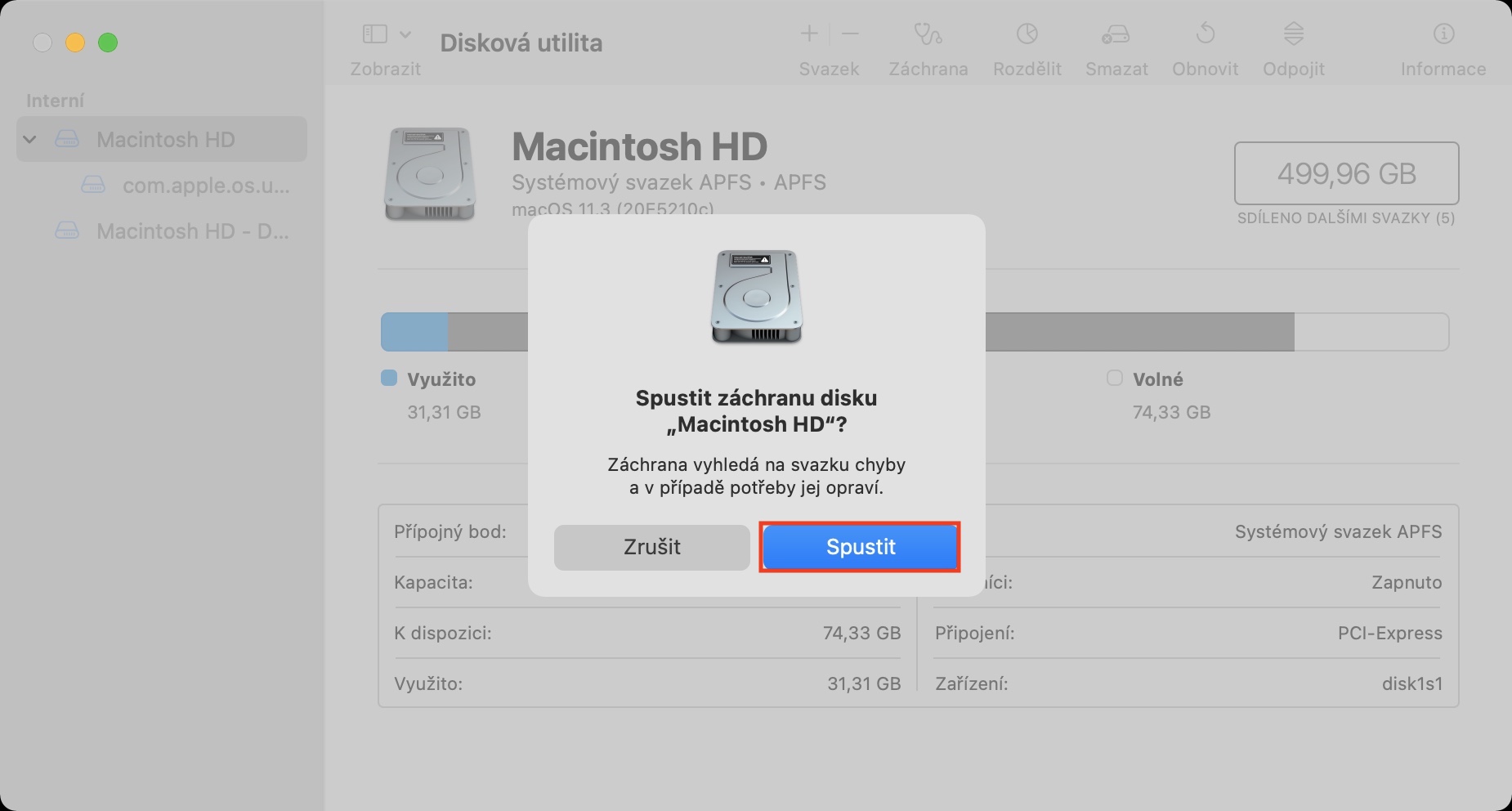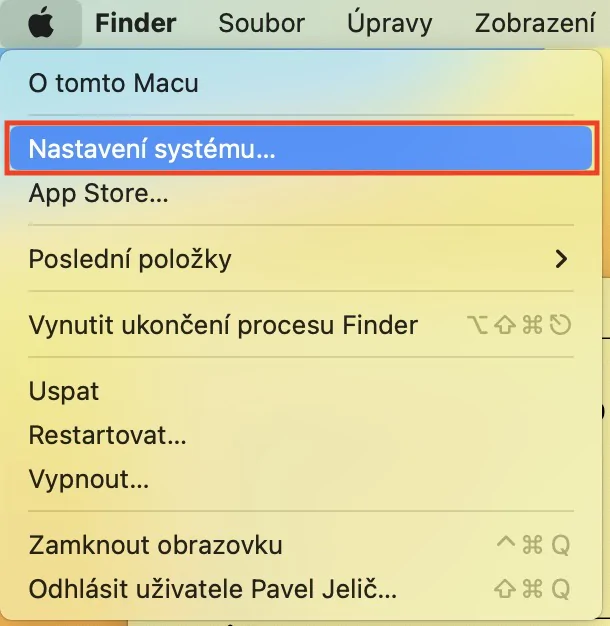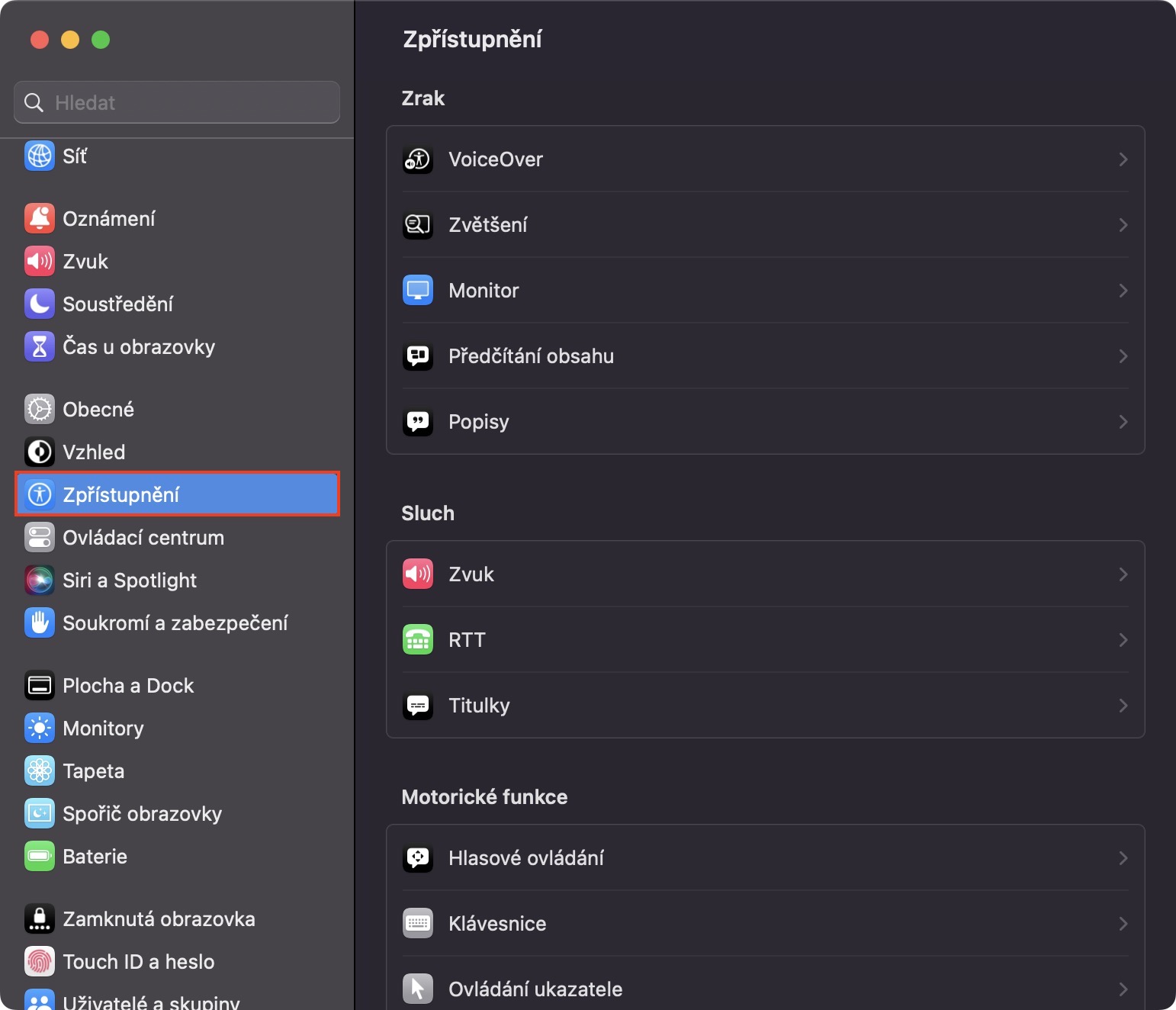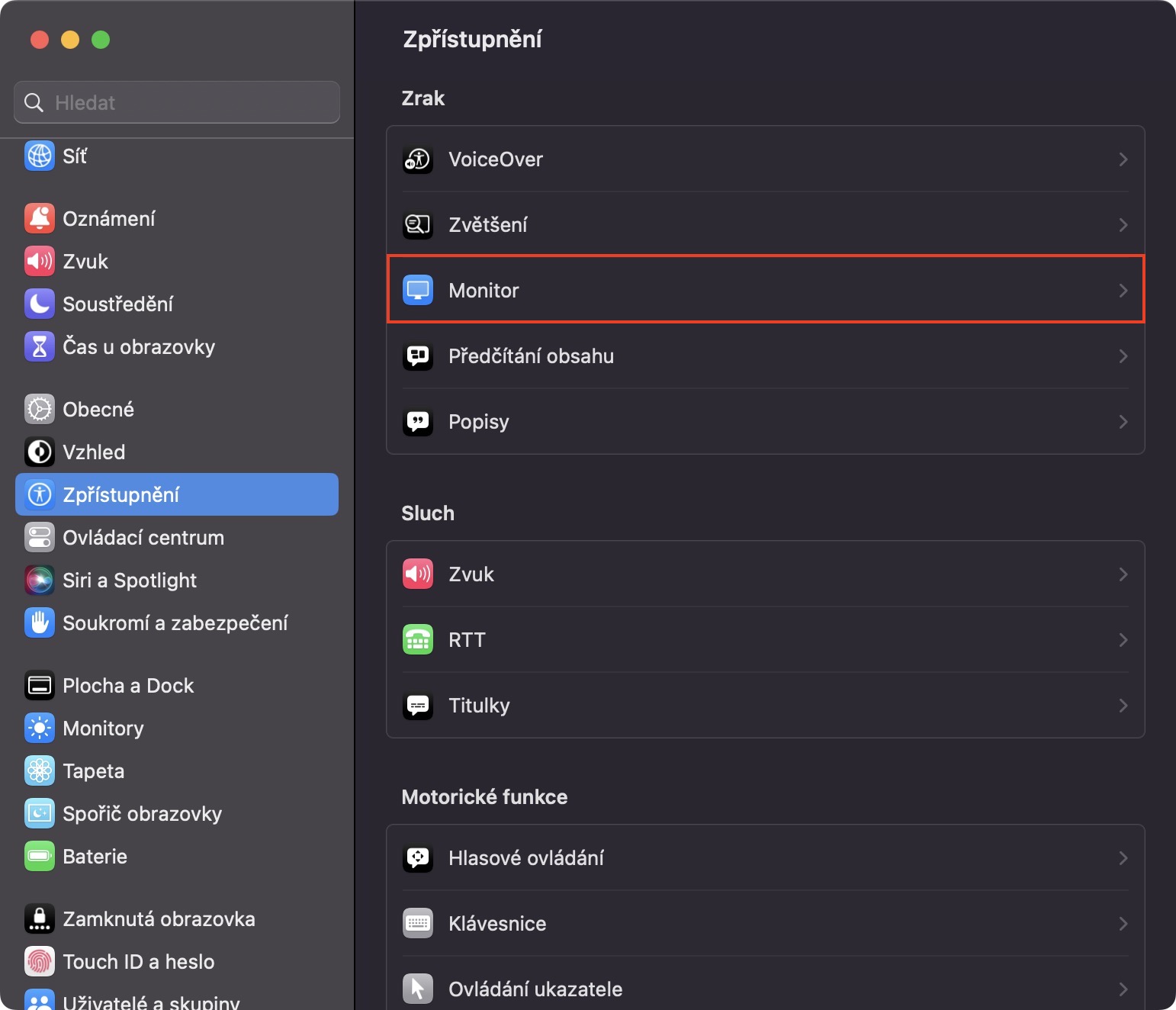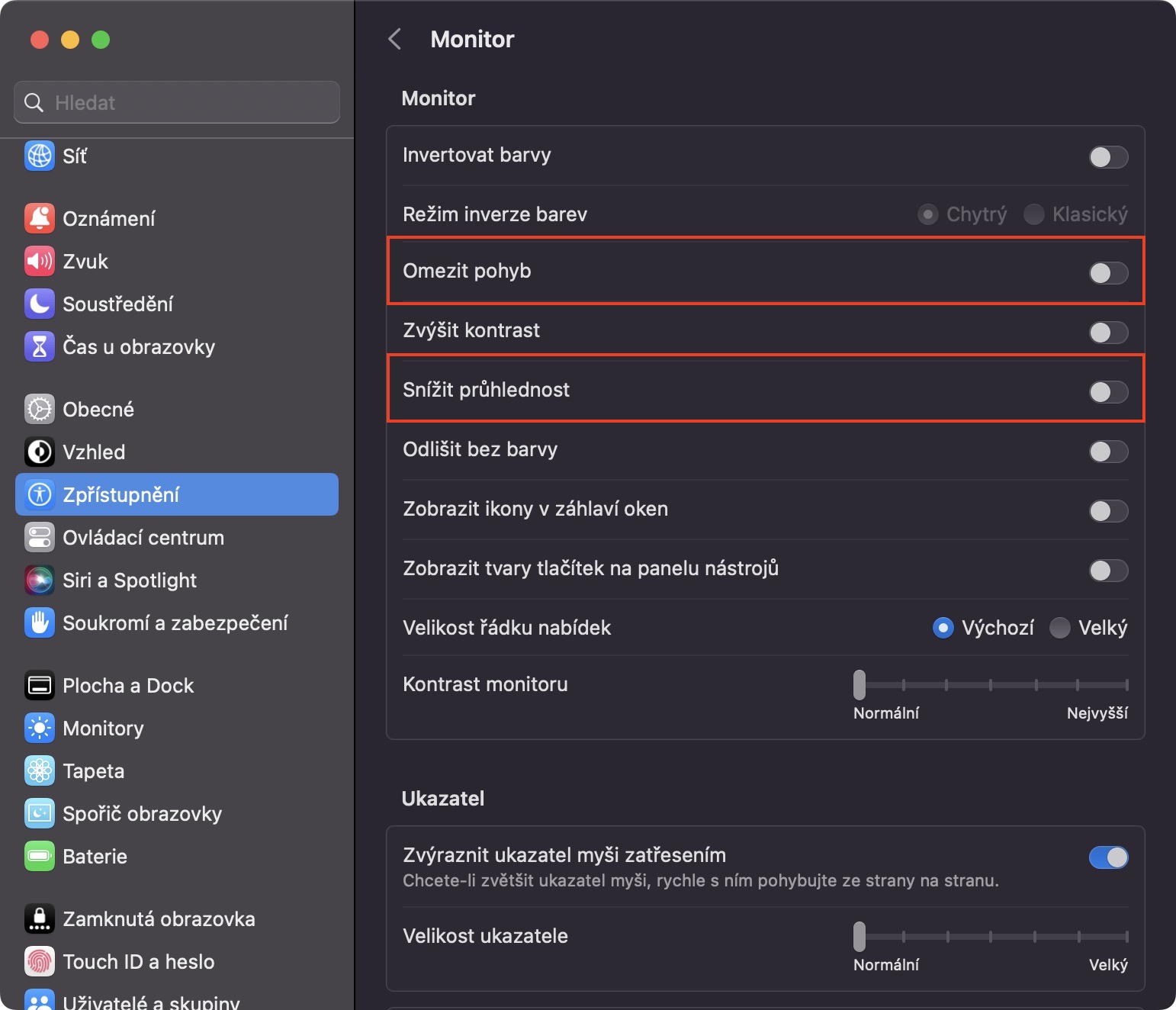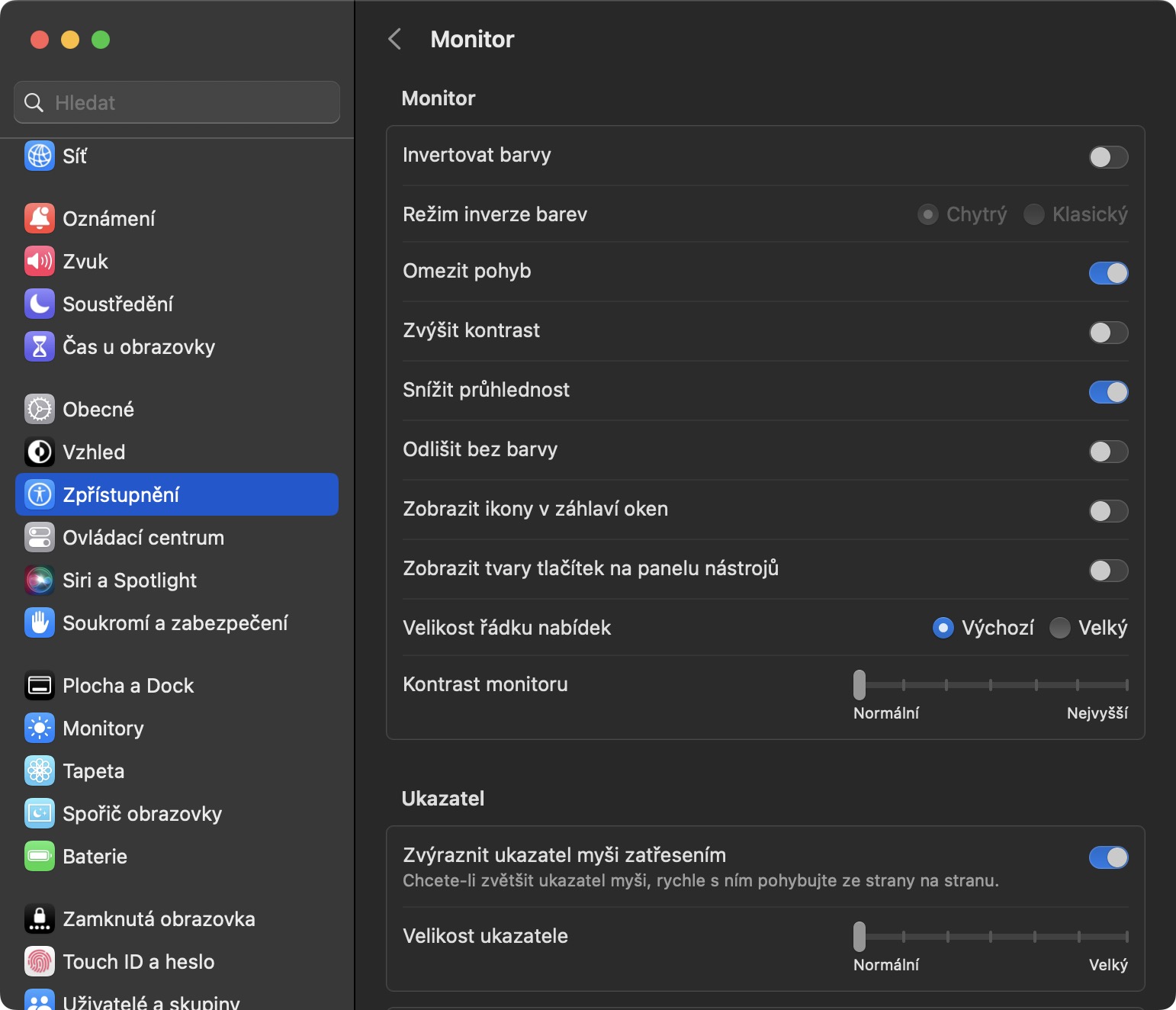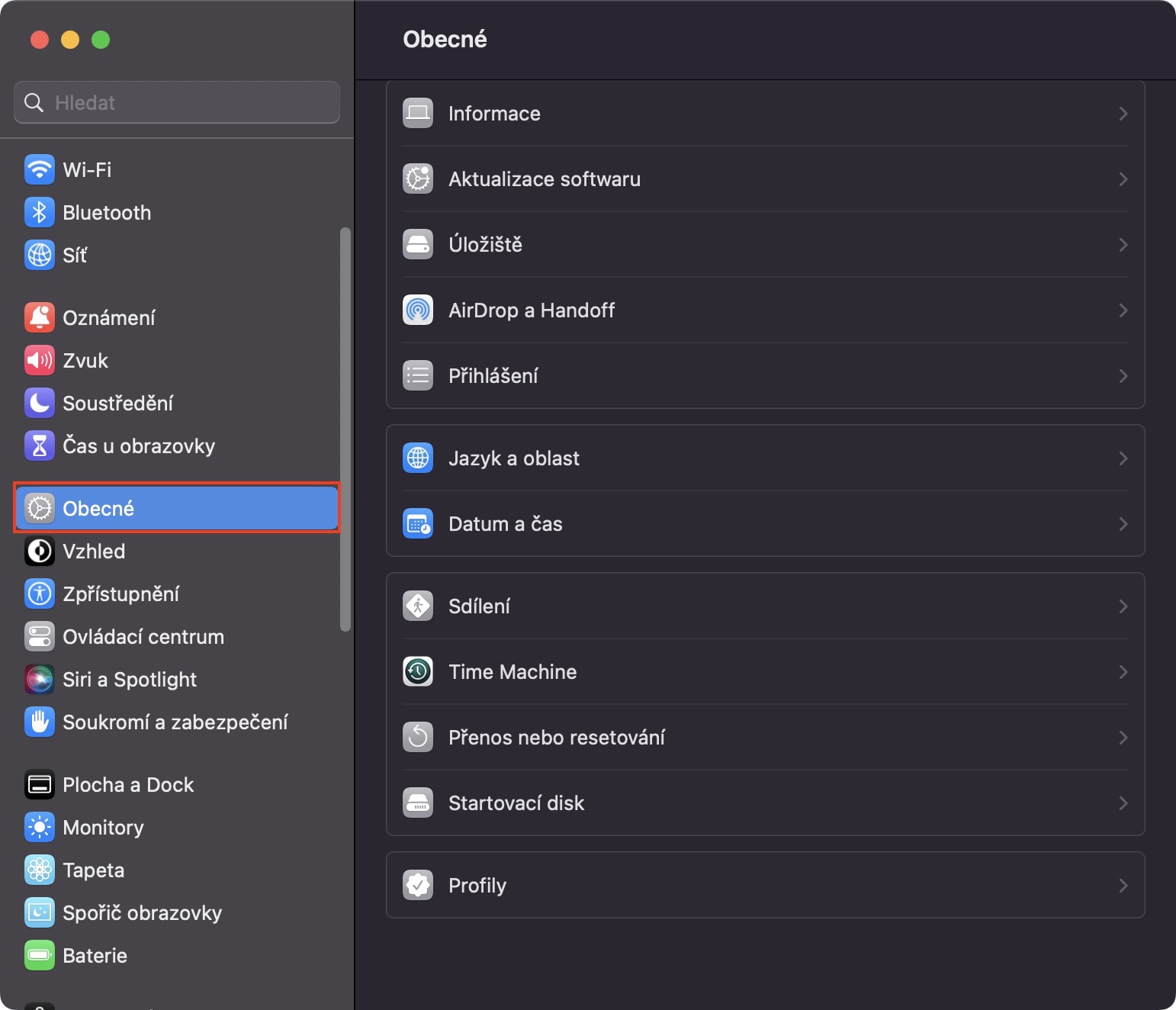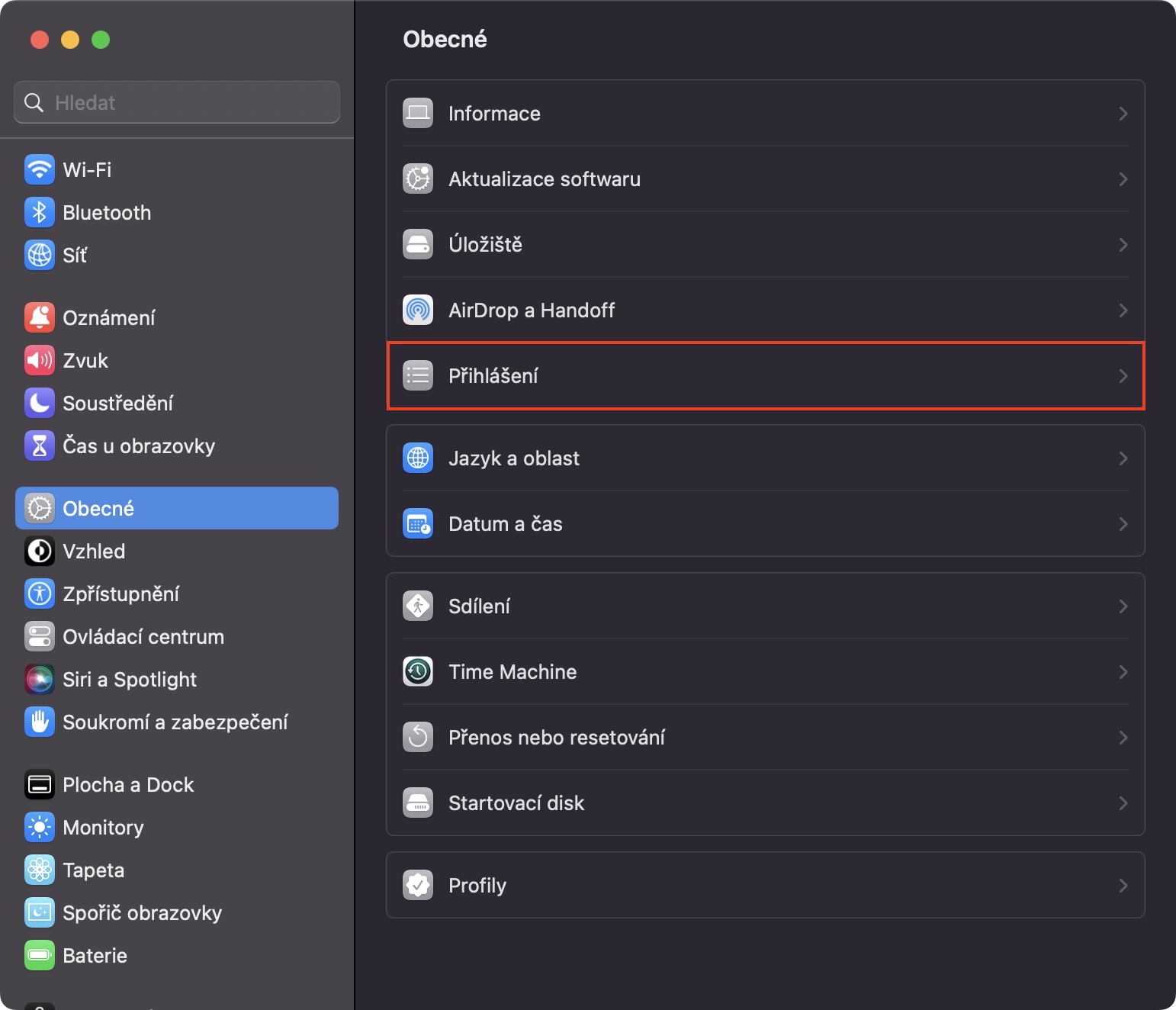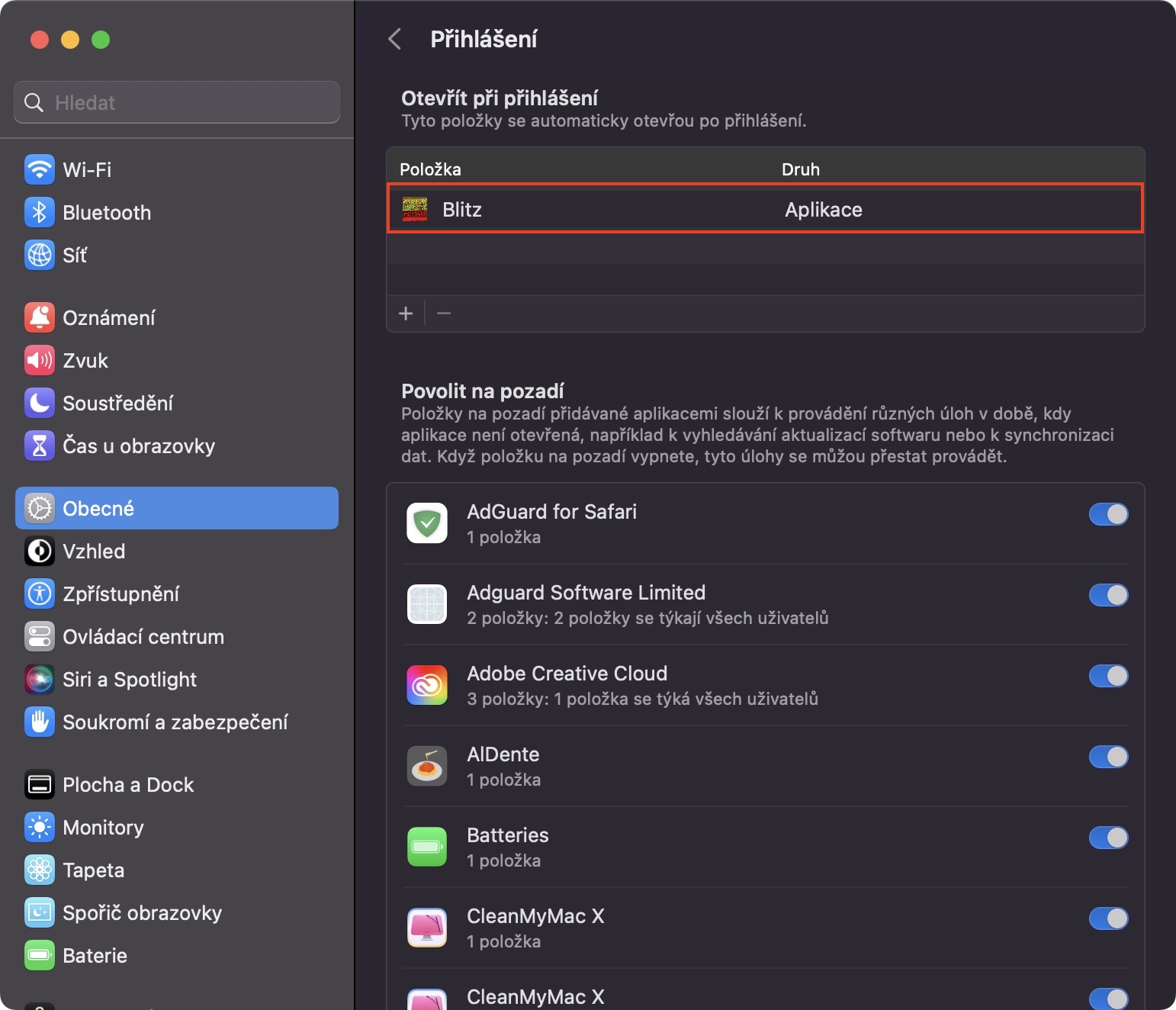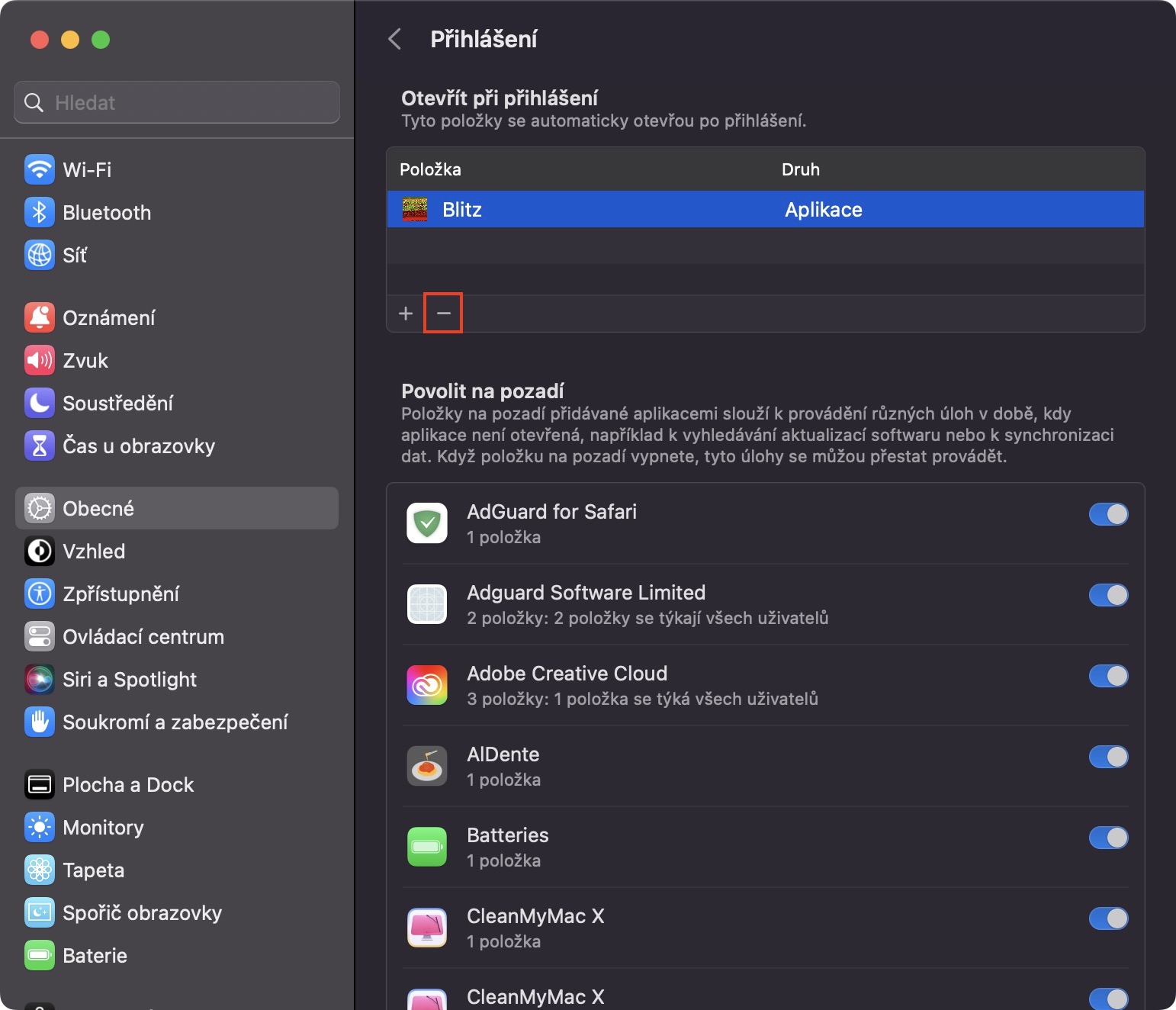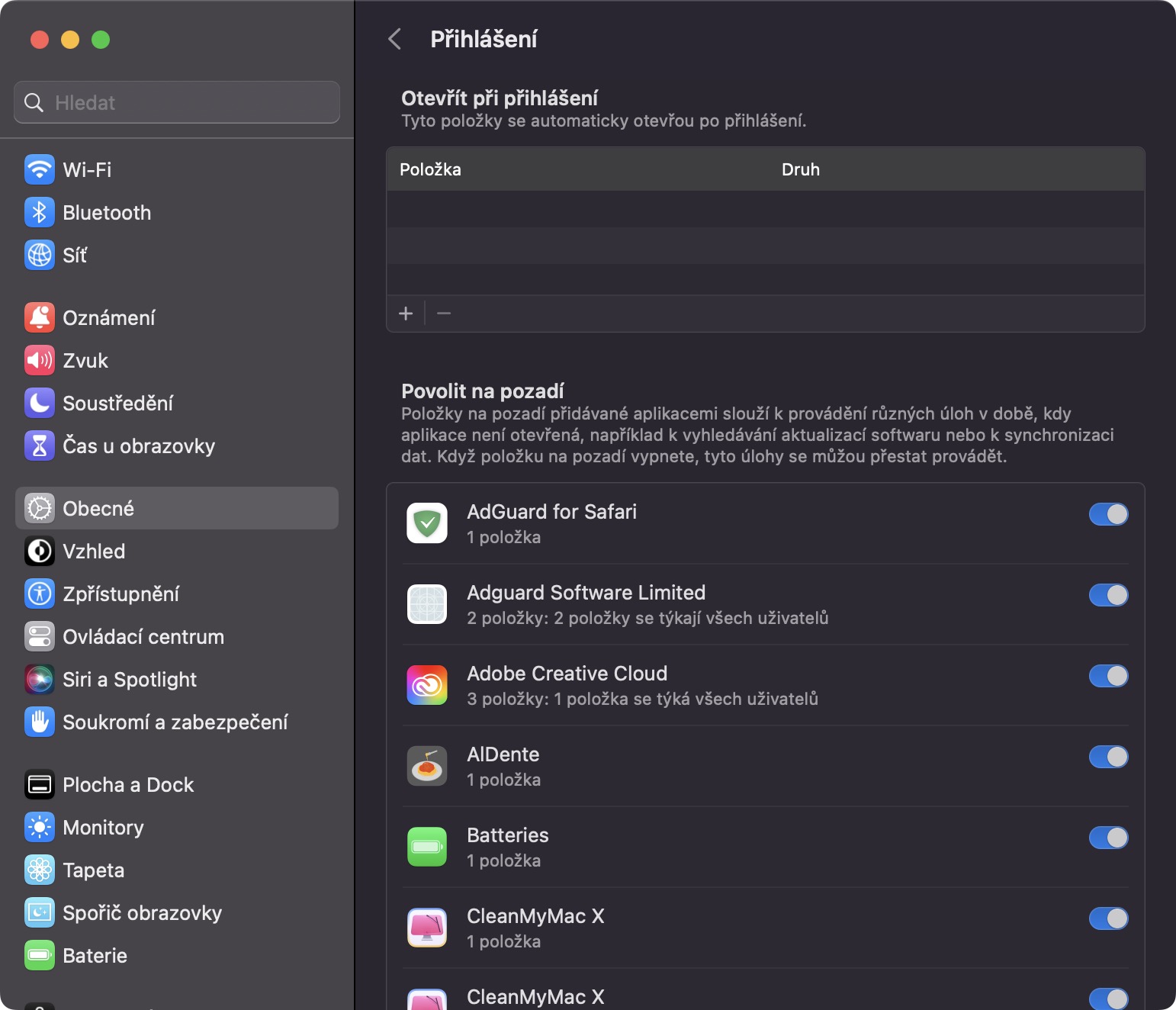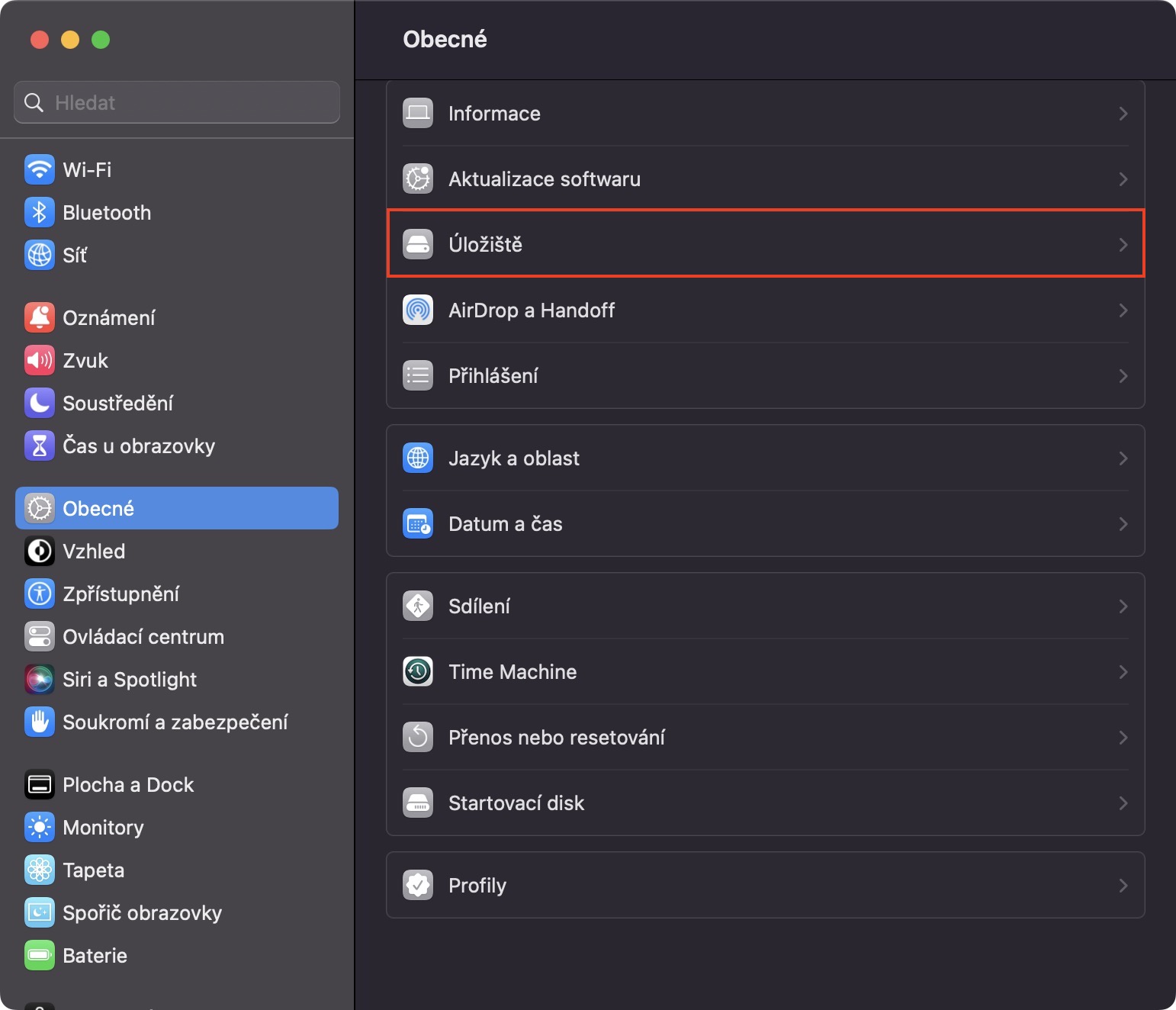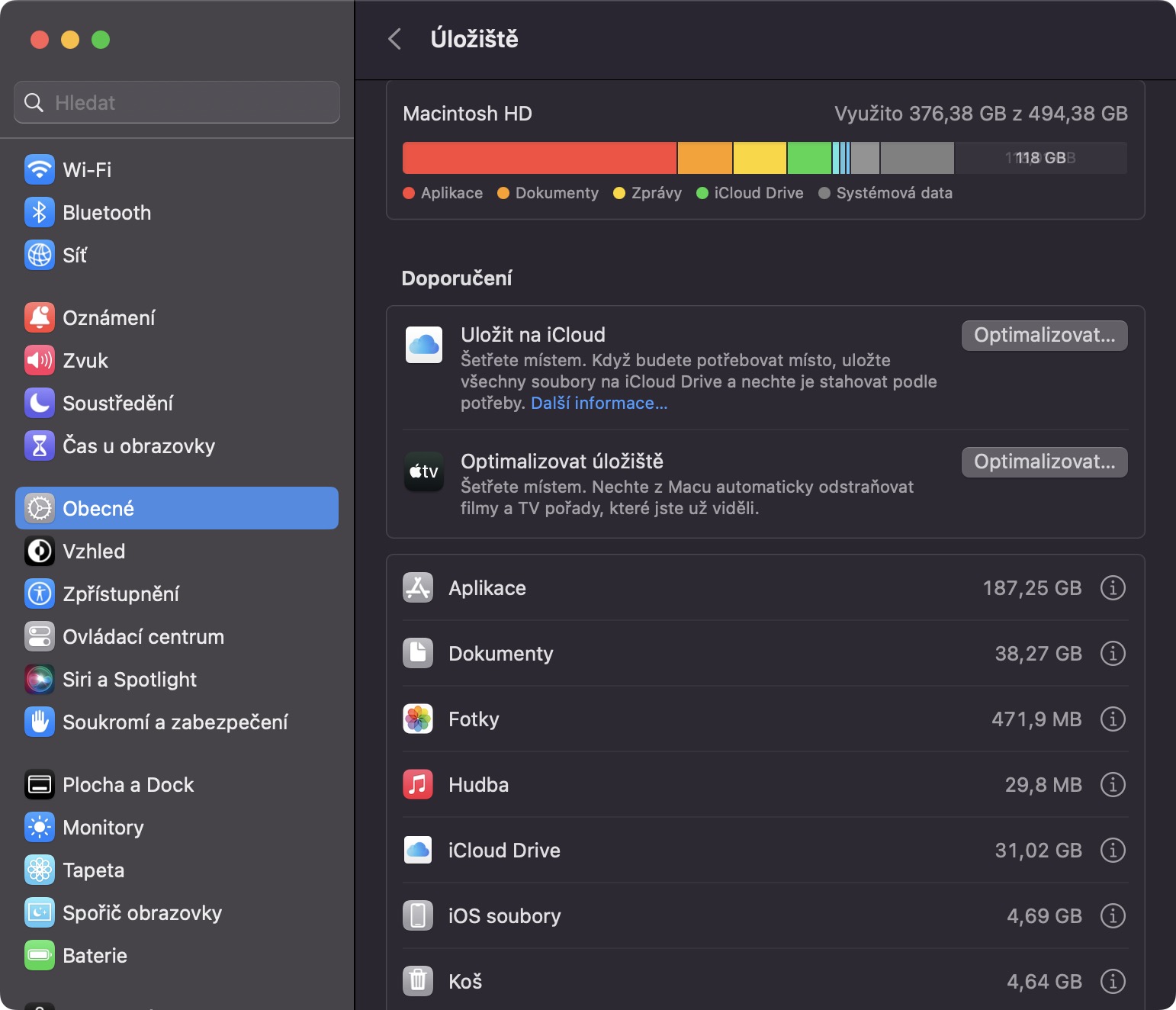Challenging applications
After updating to a new operating system, in our case macOS 13.1 Ventura, it can sometimes happen that some applications do not work as they should. Sometimes it's the developer's fault, sometimes it's the system's fault - either way, we just have to live with it. If the application is not working properly, it can cause, for example, so-called looping, where it gets stuck and uses excessive power, causing slowdowns. If your Mac is running slowly after an update, check your heavy apps. Just go to the app Activity monitor, to move to a category CPU, and then sort the processes descending according to CPU%. After that, if you find any suspicious application on the top bars, then it tap to mark and then tap at the top the X button. Then just tap on Force termination.
Disk errors
Has your Mac been slow lately, sometimes even going as far as restarting or shutting down? If you answered yes, then there is a possibility that you have some errors on the disk that can cause these troubles. However, you can run a simple test on your Mac to find and possibly fix errors. All you have to do is open the Disk Utility application, where then on the left label the internal drive, at the top tap on Rescue a go through the guide which removes errors.
Effects and animations
Within macOS, you can notice various effects and animations - for example, when opening applications, making gestures, etc. However, rendering all these effects and animations requires a certain amount of power, which especially older Macs may not have. Fortunately, it's easy to limit effects and animations within macOS. Just go to → System Settings → Accessibility → Monitor, where activate Limit movement. Besides, you can activate také Reduce transparency. In addition to that, the animations themselves take some time, and turning them off immediately makes the Mac feel faster, which you will appreciate even on newer machines.
Application after system startup
Some applications you install may start automatically when the system starts. Thanks to this, you will be able to use them right away, however, at startup, the Mac is busy "launching" the macOS system itself, so you can slow down the entire startup process by launching applications. In addition to what we will lie to ourselves, most of us do not use applications immediately after starting the system. Therefore, you should check which applications start automatically after system startup and reduce this list, if necessary, to speed it up. You can do this by going to → System Settings → General → Login. Here you can top from the list Open when logged in application designation and tap on icon – cross out at the bottom left.
Location in storage
To ensure that your Mac runs smoothly and reliably, you need to ensure that there is enough free space available in the storage. If free space starts to run out, Mac will of course notify you. However, if you let it go too far and there is no free space left, the Apple computer primarily devotes all hardware resources to free up space in the storage by deleting unnecessary files, which will of course lead to a big slowdown. If the Mac can't free up storage space, it may turn off and be unable to start without reinstalling with data deletion.
